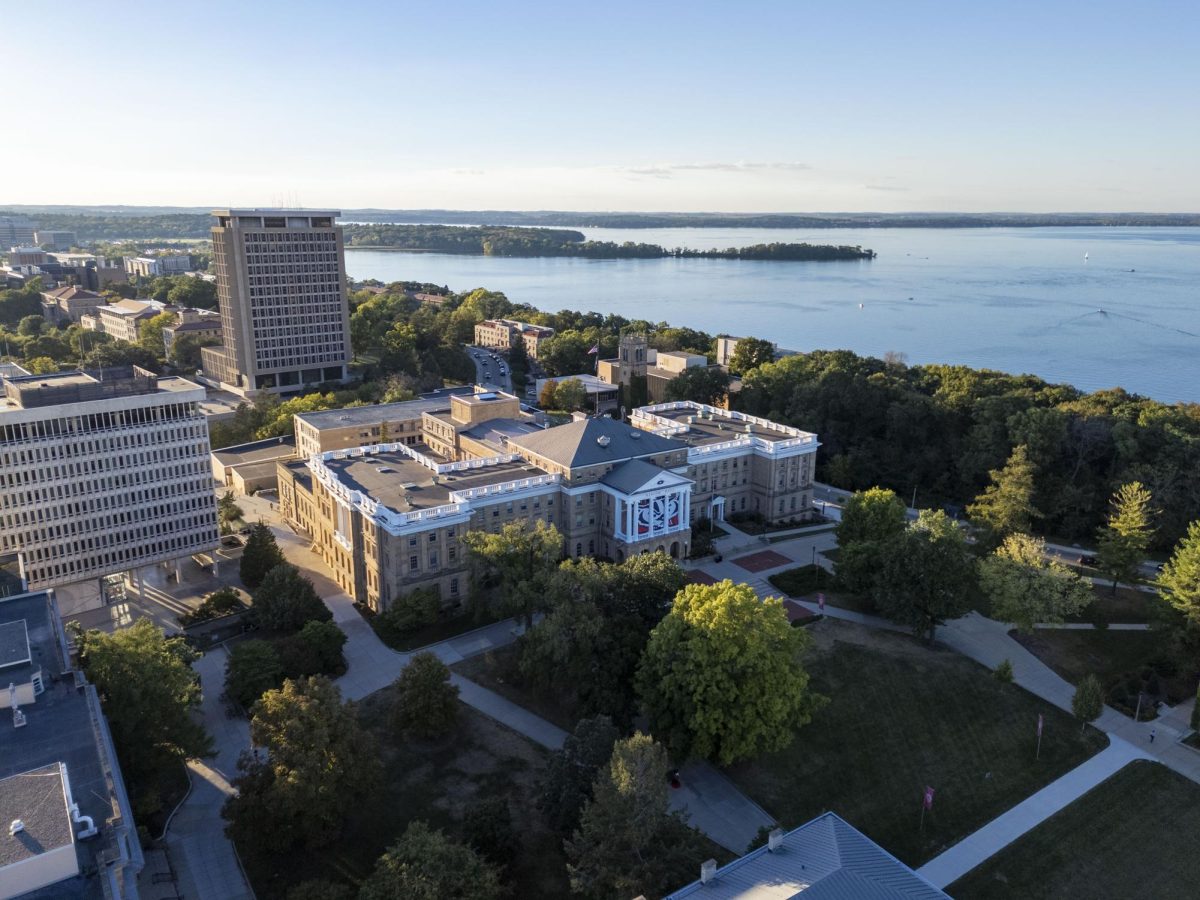The life of a college student is often a tumbling tower of academic workloads balanced precariously with battles against financial burdens and social obligations. It is no secret that college students experience a wide variety of consistent stressors, yet most of us would still agree the thought of post-graduation life is disheartening.
Sure, we won’t miss staying up all night to study for an exam. We’ll gladly retire our Canvas “to-do” lists and stringent course schedules. But we will yearn for the relationships we built despite — and sometimes because of — our academic burdens. The close-knit groups we were part of and the opportunities provided by the unique structure of a college campus are glaringly absent in post-graduate life.
One of the reasons why college campuses can cultivate an ideal community is their unique architectural design. College campuses provide a human-centered design that can promote a strong sense of community and foster relationships amongst students in a manner that traditional cities cannot.
Traditional cities are catered toward maximizing the efficiency of commercial activity, resulting in a compartmentalized lifestyle, according to Strong Towns. This is seen in our country’s history with urban sprawl, which left cities isolated and disconnected and suburbs dependent on cars to reach urban centers. A car-centric city with minimal public spaces for community interactions is not as easily capable of cultivating human connection.
The benefits of a human-centered design can be seen on our very own campus at the University of Wisconsin.
UW’s campus walkability is a key to its human-centric design, according to Strong Towns. Most students walk, ride bikes or use the bus to travel on campus, according to the university. Moreover, the city’s public transportation is ranked as the fifth best system in the nation, according to The City of Madison.
A walkable campus is not only important for economic sustainability and promotion of physical health, but it is also the key to widened social interaction with community members on a daily basis. I certainly didn’t realize how disconnected life in a traditional suburban setting is until I stepped foot on campus three years ago.
While a car was a must just to get to my high school at home, the UW campus brought me education, residence, food options and recreation all within walking distance — a concept that is referred to as a 15-minute city, according to Dr. Anna Bierbrauer, assistant professor of landscape architecture at UW.
The containment of my daily activities within the walkable boundaries of my campus community has certainly made activities more accessible and social interactions more frequent. For instance, I pass by the Botany Garden on the way to my physics lectures and the Nick on my short walk to my friends’ apartment.
Moreover, Dr. Bierbrauer cites the plethora of third spaces on campus as an important contributor to its cultivation of relationships and social gatherings. The UW campus overflows with bustling cafes, parks and study spaces that provide individuals with space for interaction. Instead of going straight from home to work and back, students can choose to spend their time with fellow students in these third spaces.
The outcomes of the interconnectedness we experience on campus are likely a reason why UW is home to so many successful community initiatives, as well. It may seem obvious, but when we see and interact with our community members daily — whether it be on the bus or in class — it is more likely for us to develop relationships and to devote our efforts in caring for each other, through initiatives like community kitchens or campus newspapers.
This is evident in the wide variety of nonprofit organizations located on campus to serve campus community members. For instance, Slow Food regularly provides nutritious and locally sourced meals for students on a budget, according to previous reporting by The Badger Herald. Such initiatives are not only evidence of a strong campus community but also provide space for residents to volunteer to prepare the meals or come together to dine regularly.
This strong sense of community must also be attributed to the common identity we share as students — or our “shared intention,” as Dr. Bierbrauer describes it. The entire campus is mainly composed of students in the same age groups and in the same stages of life. We also share a common pride in being a Badger.
For instance, campus wide events like Lily’s Classic or cultural events, like Diwali celebrations, amongst students from vastly different backgrounds would likely not occur without the common thread of the university binding us together. While our campus is certainly not a flawless model of inclusion and community, our association with the ideals associated with UW certainly represents an “in-group” or natural opportunity for belonging.
While it may seem difficult to cultivate a sense of belonging as strong as the one provided by the Badger community outside of campus, it is still important to think about how we harness this power of belonging in post-graduate life and in society at large. In other words, what is it that ties us together as human beings living as part of a community?
While architectural transformation in our communities can seem out of our hands, we do not have to accept the isolation of life post-graduation. At a time in which the Surgeon General has declared loneliness an epidemic, it is more urgent than ever we get creative, build connections and find ways to make our communities human-centric. As future graduates of UW, we must reflect on how the benefits we experience on campus be implemented in traditional cities.



